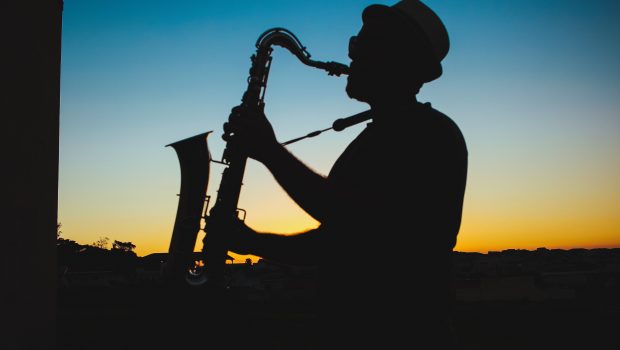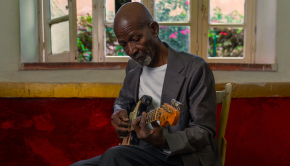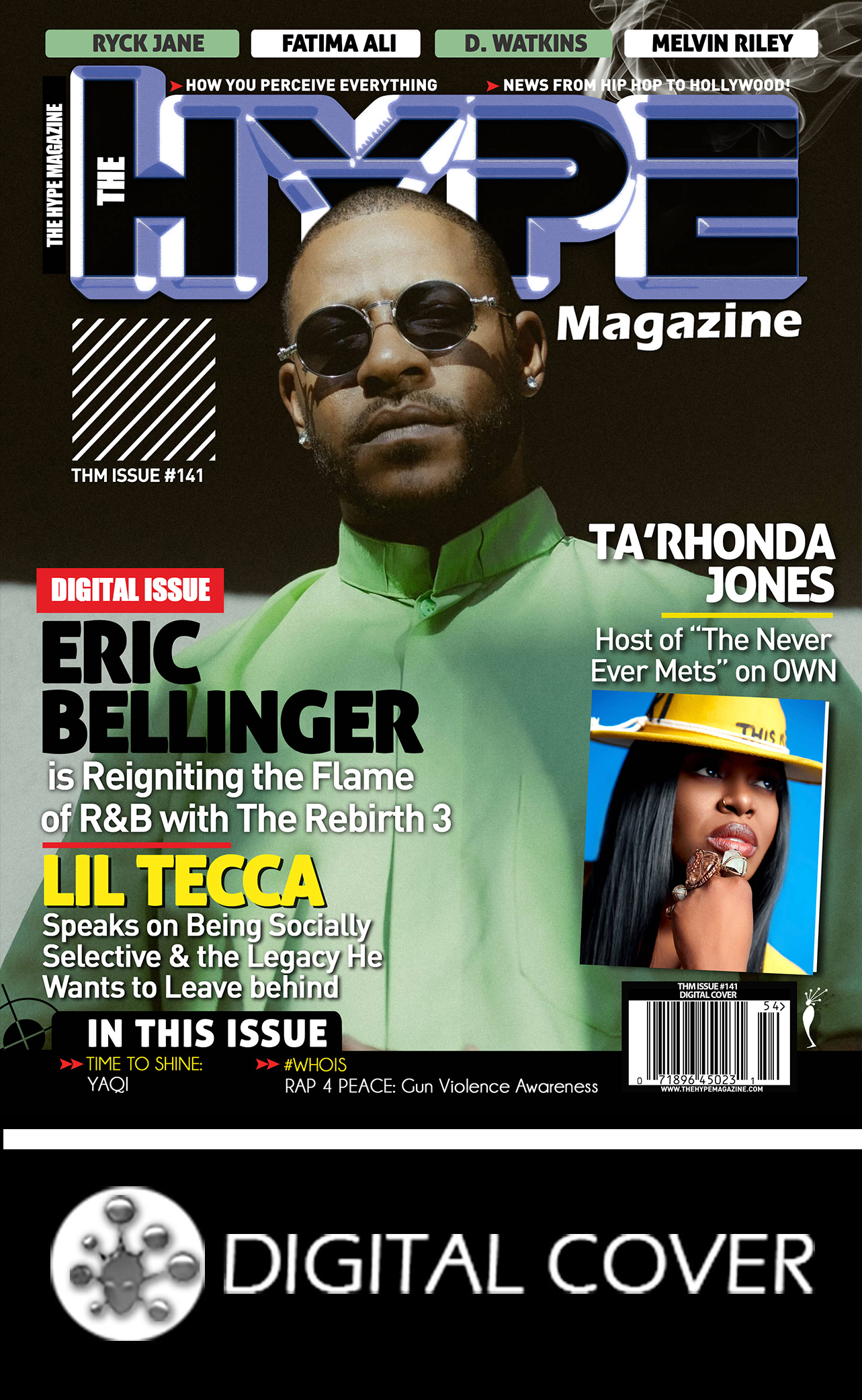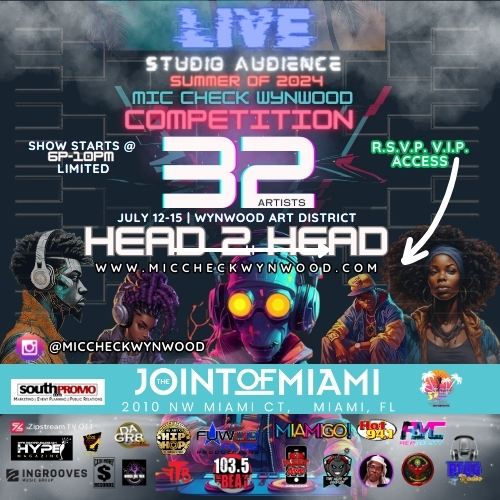Jazz Music in the Digital Age: How Technology has Revolutionized the Genre
Jazz music, a genre of music that originated in the early 20th century within the African-American communities of the Southern United States, has been a creative outlet for countless musicians. As time passed, the genre evolved, constantly adapting to the changes in society. In recent years, the digital age has had an astounding impact on Jazz, revolutionizing it in various ways.
In this post, we will delve into seven ways in which technology has changed the face of Jazz.
1. A World of Jazz Music at Your Fingertips
The advent of the internet and streaming services has made it incredibly easy for listeners to access a virtually unlimited library of Jazz music. From vintage records to the latest releases, the choices are endless. There are so many styles of Jazz, from swing and bebop to Latin jazz and fusion.
Previously, finding these varieties would mean searching through vinyl stores or waiting for a radio broadcast. Now, platforms like Spotify, YouTube, and Apple Music allow users to explore and discover new facets of Jazz anytime, anywhere.
2. Digital Instruments and New Sounds in Jazz Music
Traditionally, Jazz has been known for its rich, acoustic sounds. However, with the advent of digital musical instruments and software, new sounds have been introduced to the genre.
Digital pianos, synthesizers, and digital audio workstations (DAWs) have enabled artists to experiment with different sounds and textures. Jazz musicians like Robert Glasper and Thundercat have incorporated electronic elements into their music, breathing new life into the genre.
3. Online Collaboration and Globalization of Jazz
The internet has removed geographic barriers, allowing musicians from different parts of the world to collaborate without being in the same room.
Online platforms and tools such as Splice, Soundtrap, and BandLab have made it possible for musicians to share and work on projects together. This has led to the globalization of Jazz, as artists incorporate influences from different cultures, creating a more diverse and richer sound.
4. Social Media and Jazz Artists’ Visibility
Social media platforms like Instagram, Twitter, and Facebook have given Jazz musicians a powerful tool to connect with their audience. Musicians can now share their work, announce concerts, and communicate with fans with ease. This increased visibility has allowed lesser-known artists to gain recognition and build a following without relying solely on record labels.
5. Jazz Education Online
Learning Jazz used to mean attending a conservatory or finding a local mentor. However, the digital age has revolutionized Jazz education. Now, aspiring musicians can take online courses, watch tutorials on YouTube, and even attend virtual master classes with renowned Jazz musicians.
Websites like Coursera, MasterClass, and ArtistWorks offer a range of courses catering to different skill levels. This has made Jazz education more accessible to people around the world.
6. AI and Generative Jazz Music
Artificial intelligence (AI) has made its way into music production, and Jazz is no exception. Tools like OpenAI’s MuseNet and Google’s Magenta are capable of composing Jazz music.
While AI-composed Jazz might not have the same depth and emotional resonance as human-composed music, it’s an exciting development. AI can also assist musicians by generating ideas and helping with arrangements, thereby streamlining the creative process.
7. Enhanced Live Performances and Virtual Reality
In the digital age, Jazz performances have been significantly transformed through technology. High-definition audio and video equipment have made it possible to capture and broadcast live performances with impeccable clarity. Additionally, the use of effects processors and loop pedals has introduced an entirely new dimension to live jazz performances, with artists creating on-the-fly remixes and layered compositions on stage.
Moreover, with the advent of virtual reality (VR), jazz performances have been transported to a whole new level. Companies like MelodyVR offer virtual reality concert experiences, allowing users to experience live jazz performances as if they were physically present at the venue, regardless of their geographical location.
Artists are also experimenting with VR to create immersive music experiences, creating a virtual space where musicians can perform together in real time despite being miles apart.
In Conclusion
Jazz, a genre deeply rooted in history, has not only survived but thrived in the digital age. Technology has enabled easy access to an endless library of music, introduced new sounds through digital instruments, facilitated global collaborations, increased artists’ visibility through social media, democratized Jazz education, and even witnessed the advent of AI in Jazz composition.
Tweet




































